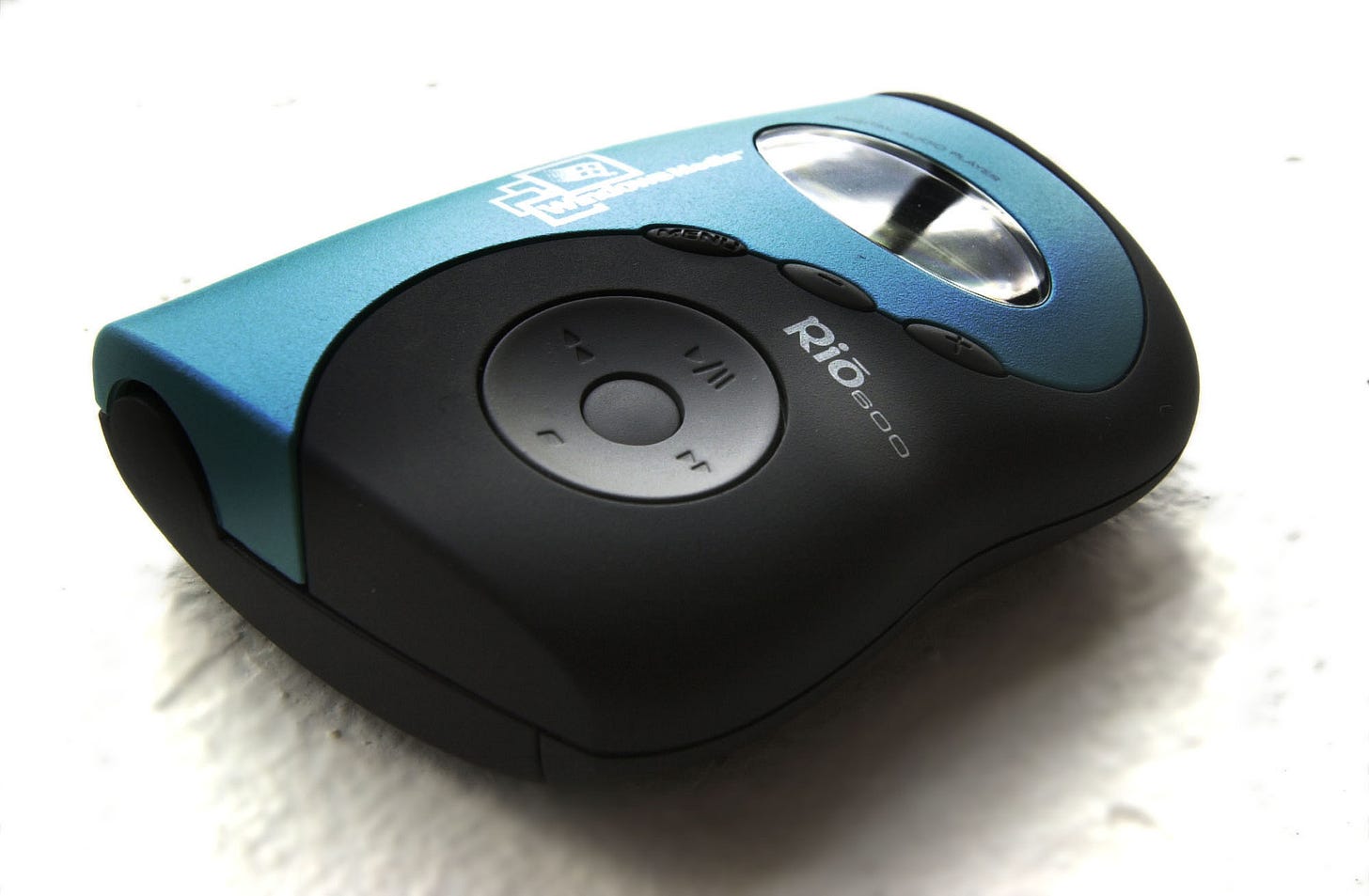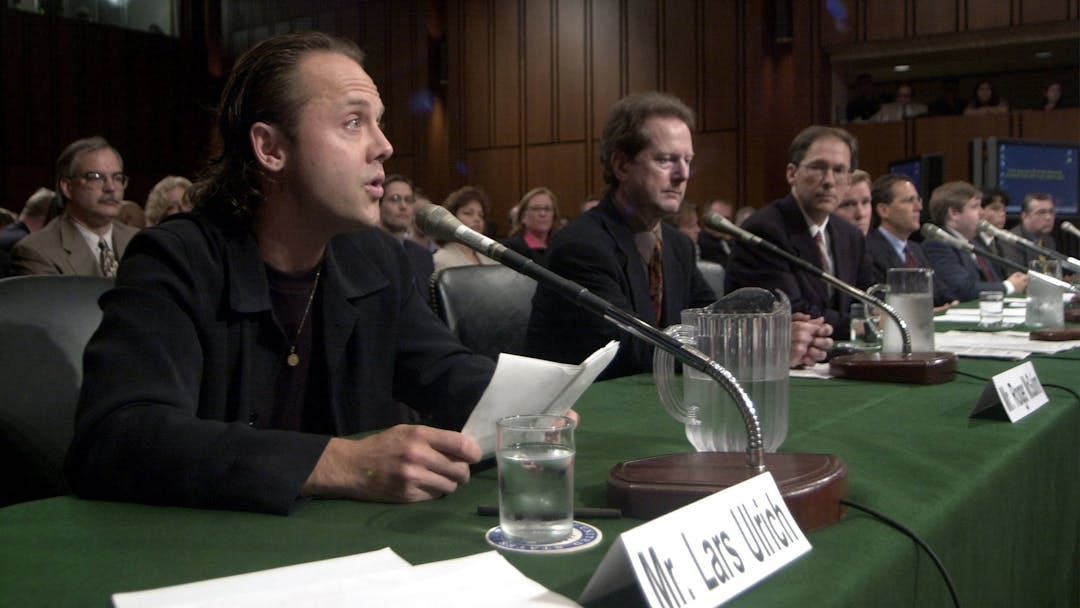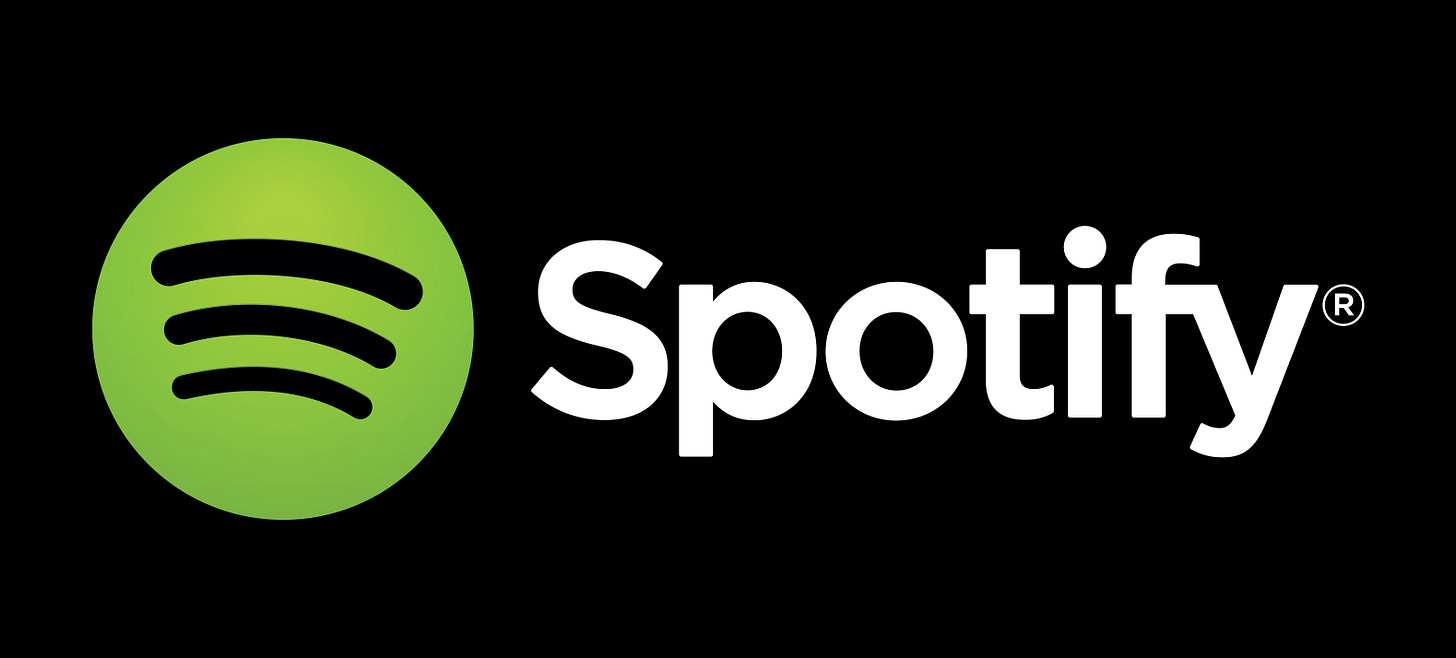Digital Music In The Early 2000s
The early 2000s was a wild time for the music industry. It was a great time to be a music fan too, as digital music and piracy led to power shifting from record labels to consumers.
A few weeks ago, the manuscript totalled 180,000 words. That number now seems obscene after a streamlined version only amounted to 70,000 words. The revised manuscript tells the story of the New Yorkshire Wave yet negates to tell another concurrent story. The rise of digital music feels like another book altogether, yet it was crucial at the time.
Growing up in the 1990s meant that I was a kid of Napster. As I hit 16 at the end of summer 1999, I was already well-versed in downloading (illegal) music. Though it seems archaic now, the internet was delivered down your phone line. In order to successfully download a single track (forget a whole album), you had to pray that no-one called your house phone.
The rise of the mp3
Digital music was initially made possible by advancements in technology, specifically the mp3 file. Its full title is MPEG-1 Audio Layer III and it was developed in Germany to reduce the data needed for an audio file. The audio quality itself was not perfect, yet mp3 files still sounded like faithful representations of the tracks from a CD. Smaller bitrates could also compress the file meaning less data and easier downloading with the 128 bitrate as my go-to.
It took until the second half of the 1990s for mp3s to start to spread across the internet. This began in underground music piracy networks and then advanced to more standardised programs like Winamp and mp3.com in 1997. All this was free and I soon bought myself a Rio 128mb mp3 player to set myself apart in sixth form from those who went for mindiscs and portable CD players. Yes, 128mb sounds ridiculously small and I basically had a single album or an hour-long playlist to listen to during the day, before the player needed recharging.

As music files were compressed to a couple of mbs each, they could be widely distributed across the internet. Peer-to-peer file sharing became a real issue for the music industry as tracks were ripped off CDs and could be downloaded for free. Shortly after mp3.com allowed for the distribution of thousands of audio files by independent artists, Napster came along and everything seemed to change.
Metallica v. Napster, Inc.
The popularity of Napster meant widespread copyright infringement. It became clear that the music industry was terrified that songs were being made available without any revenue being returned. The argument from major record labels was that this free peer-to-peer sharing was illegal and had reduced sales. Reacting against music piracy, lawsuits were pursued directly against Napster, and music fans were punished.
It seems pig-headed now, and Metallica certainly did not come out well from the lawsuit. Certainly, seeing the band’s drummer, Lars Ulrich, removed from behind a drumkit to sat reading testimony before a Senate Judiciary Committee, was jarring at the very least. Here he was, on July 11th 2000, accusing Napster of copyright infringement, in a move that led to hundreds of thousands of music fans being singled out.

The accusation was well-founded as the band had traced back an unreleased demo directly to Napster. The track in question was ‘I Disappear’ and had leaked its way onto the radio, before being officially released as part of soundtrack to Mission: Impossible II. The band sought $10m in damages and hired a legal firm to produce a list of each user that had been found to have shared the band’s songs. There were 335,435 users in total, and the band argued for each one to be banned from the platform and for their songs to be removed from sharing. Several universities were also held accountable for allowing their students to access the platform and illegally distribute music files.
Legal downloads
There was some good news to come from the lawsuits. This came after a wild time when downloading platforms such as Gnutella and Limewire came to fill the gap made void by Napster's demise. Free music downloads were still available, yet many music fans downloaded at their peril. Fail to pay attention to the file extension and you could download a crippling virus to your PC.
The music industry had spent years going after music fans, that they eventually sought ways to legitimise music downloads. Of course, there’s no way this could be allowed without them being handsomely rewarded. Largely at the expense of bands and solo artists who fail to receive a worthwhile cut. The iTunes Store first opened for business in April 2003 yet was limited to Apple devices. Three years later, Spotify arrived to introduce streaming. Now, you can add Deezer and Tidal to the litany of streaming services.

Though physical media has undergone a resurgence, largely led by vinyl sales, it looks like we are firmly in the digital age when it comes to music. In a way, we’ve gone full circle as new artists are the ones to benefit from having their music distributed across the internet rather than in shops. Alas, if you want to legitimately own your favourite artist’s music, you now have to pay for it.



